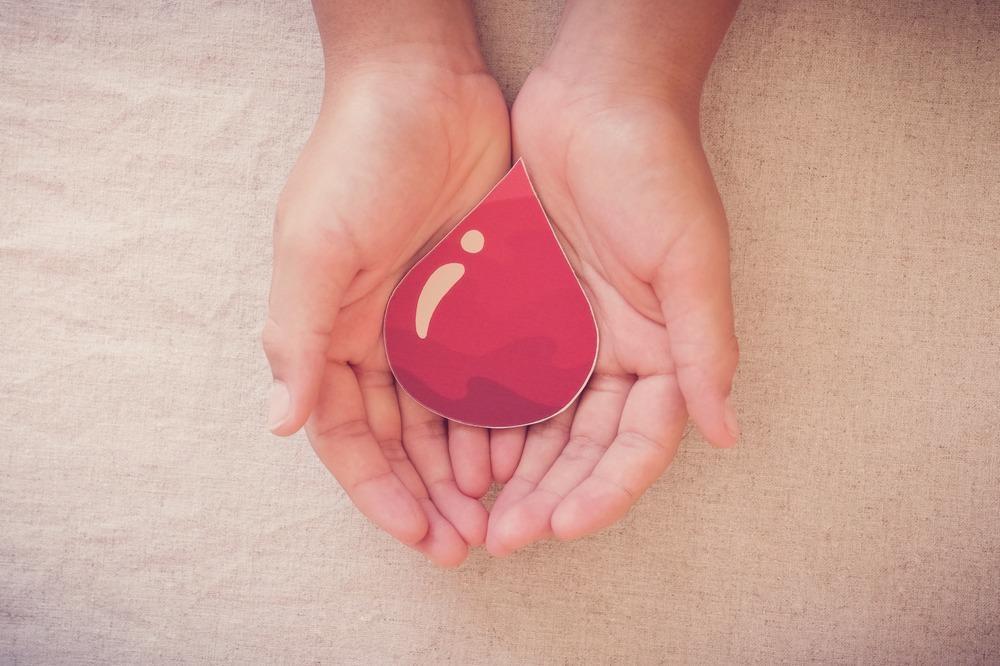Introduction
Delivery Systems for Gene Therapy
Viral Vectors
Non-Viral Vectors
A New Era of Gene Therapy
References
Gene therapy is a therapeutic technique designed to correct or reduce the symptoms of a particular disease. This is achieved by transferring an exogenous, wild-type gene into the target cells of an individual. The wild-type gene can act to replace, modify or block the defective disease-causing gene, thus helping to attain a desired therapeutic effect.
A cloned copy of the wild-type gene associated with the disease is required to successfully implement gene therapy, along with a promoter designed to induce gene expression within the target cells and a vector carrier. The carrier must act as a cargo to deliver the wild-type gene into specific target cells.
With the advancement of screening technologies, there has been a greater understanding of the genetic basis underlying many diseases, such as hemophilia and retinal diseases. Such knowledge has allowed for the possibility of gene therapies as scientists can target the mutant genes associated with these conditions. By 2015, over 2200 clinical trials focused on gene therapy have been performed or approved worldwide.
Gene Therapy Inside Out
There are many features a gene delivery system should possess to be safe, specific, and efficient for successful gene therapy applications. This includes the ability to allow for continuous gene expression, a broad range of insertion capacity, high transfection rates, the ability to be administered non-invasive, readily available, and safety features such as stability and non-immunogenicity biocompatibility.
Numerous different vectors have been developed and used in clinical trials; these delivery systems are broadly categorized into viral and non-viral vectors.
Viral vectors are derived from viruses and possess a natural ability to transfect. They were the first studied gene delivery systems and are the most commonly applied. Viral vectors are typically genetically modified to improve efficiency, increase safety and enhance gene uptake. Viral vectors utilized for gene therapy include adenovirus, lentivirus, adeno-associated virus (AAV), Herpes Simplex Virus (HSV), retrovirus, and poxvirus.
Compared to conventional gene delivery methods, viral vectors have a higher transduction efficiency and can induce long-term gene expression. On the other hand, viral vectors possess certain immunogenicity, toxicity, and mutagenicity weaknesses. In addition, there is a limited size of the transfected gene that can be used in viral vectors, and it is associated with a high cost, thus highlighting the need for further studies dedicated to optimizing viral vectors as a gene delivery system.

Image Credit: Yurchanka Siarhei/Shutterstock.com
Non-viral vectors are categorized into three groups: physical mediated methods, chemical vectors, and biological vectors. Physical mediated methods include ultrasound-targeted microbubbles, gene electro-transfer plasmids, and microinjection. Chemical vectors that have been most frequently used are categorized into two main groups: cationic polymers and cationic liposomes.
Finally, biological vectors utilized for gene therapy can be in the form of bacteria such as attenuated strains of Salmonella, Yersinia, Bifidobacterium, and non-pathogenic E. coli. Moreover, mammalian cells can also serve as biological vectors, including mesenchymal stem cells (MSC) and hematological cells.
Non-viral vectors are relatively safer, less toxic, and can transfer largely sized genes compared to viral vectors. Furthermore, they can be constructed or altered by simple techniques to target specific tissues or cells for gene delivery. However, they possess a low transfection rate and induce poor gene expression. Overall, both viral and non-viral vectors display advantages and disadvantages for their clinical applications as a gene delivery system.

Image Credit: SewCream/Shutterstock.com
It has been more than 30 years since gene therapy arose. Since gene therapy trials were first initiated in the 1990s, thousands of clinical studies have been performed, allowing for an extensive assessment of risk factors and making gene therapy more robust. Recently there have been significant advancements towards achieving clinical benefits with the use of gene therapy for particular diseases such as hemophilia.
Haemophilia is an X-linked monogenic coagulation disorder caused by the lack of coagulation factors. Spontaneous or trauma-induced bleeds put untreated patients at risk of morbidity or mortality. The conventional treatment modality for hemophilia involves prophylactic administration of coagulation factors. These coagulation factors are derived exogenously from pooled plasma or recombinant protein. The issue with this method is the short half-life of these proteins, and therefore frequent infusions are required to maintain a therapeutic benefit.
This had prompted the idea of gene therapy to provide a functional copy of genes encoding for coagulation factors to treat the disease. This is because gene therapy would be able to provide a continuous source of coagulation factor from only a single treatment and therefore had the potential to derive significant benefits. Many clinical trials have been performed to treat hemophilia with gene therapy, including the BMN 70, Spark Therapeutics, BioMarin, and UniCure clinical studies. Over the years, the most successful preclinical and clinical studies for hemophilia have involved using adeno-associated viral (AAV) vectors for gene transfer.
- Dhurandhar, D., et al. (2021). Gene therapy in retinal diseases: A review. Indian Journal of Ophthalmology. 69: 2258-2265.
- Li, T., et al. (2018). Tumour angiogenesis and anti-angiogenic gene therapy for cancer (Review). Oncology Letters. 16: 687-702.
- Papanikolaou, E., Bosio, A. (2021). The Promise and the Hope of Gene Therapy. Frontiers in Genome Editing. 3: 1-14.
- Perrin, G., et al. (2019). Update on clinical gene therapy for haemophilia. The American Society of Haematology. 133: 407-414.
Further Reading